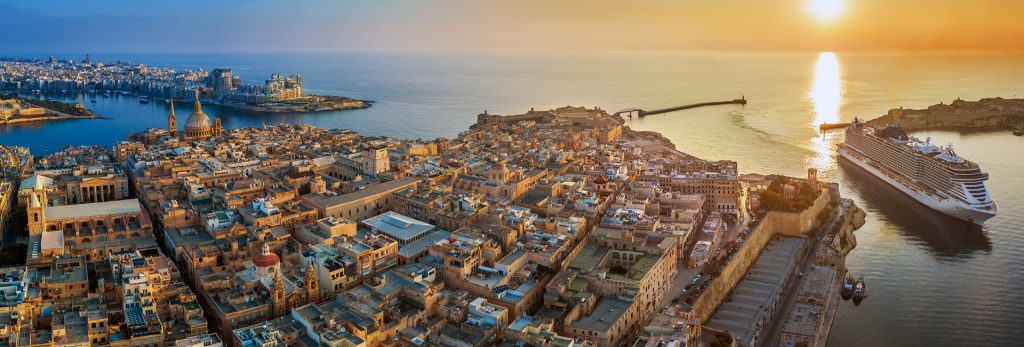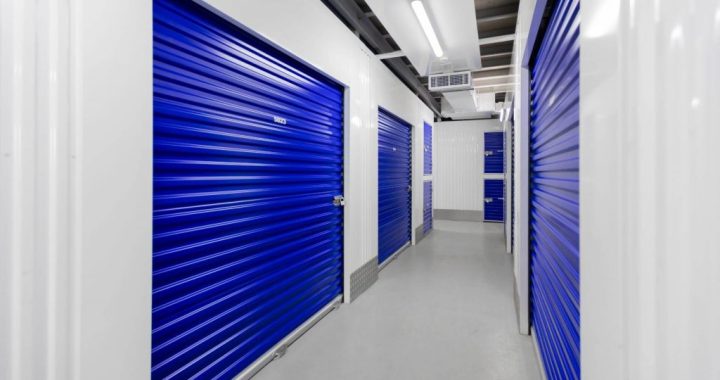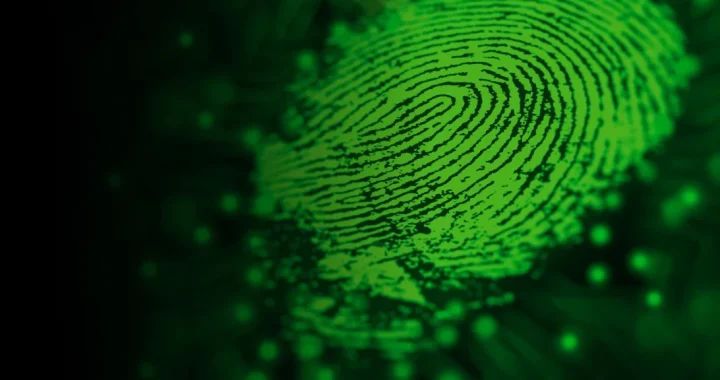Smooth Sailing: Ensuring Cruise Ship Safety At Sea

Cruise ships, with their luxurious amenities and exotic destinations, offer passengers an unparalleled travel experience on the open seas. Yet, behind the scenes of this leisurely voyage lies a meticulous web of safety measures that ensure the well-being of everyone on board. “Smooth sailing” takes on a deeper meaning when it comes to cruise ship safety, as a combination of technology, training, and coordination work together to create a secure environment for passengers and crew.
State-of-the-art technology
Modern cruise ship safety hinges on cutting-edge technology that monitors every aspect of the vessel’s operations. Advanced navigation systems, radar equipment, and weather forecasting tools keep the ship on course and help avoid potential hazards. Additionally, closed-circuit television (CCTV) systems and access control measures contribute to onboard security, tracking activities, and maintaining restricted areas.
Emergency preparedness
Cruise ships are equipped with comprehensive emergency preparedness plans that cover a spectrum of potential scenarios. From medical incidents to fire outbreaks, these plans outline clear procedures for crew members to follow in times of crisis. Regular drills and training ensure that the crew is well-prepared to handle emergencies and provide assistance to passengers.
Crew training and expertise
A critical component of cruise ship safety is the expertise of the crew. Crew members undergo rigorous training to respond effectively to various situations, from medical emergencies to evacuation procedures. This well-coordinated training ensures that the crew can act swiftly and confidently to address any challenges that may arise at sea.
Advanced life-saving equipment
Cruise ships are equipped with an array of advanced life-saving equipment, including lifeboats, life rafts, and life jackets, to ensure passenger safety in the event of an evacuation. These measures exceed regulatory requirements and provide passengers with peace of mind, knowing that their safety is a top priority.
Coordination with authorities
Cruise ship safety extends beyond the ship itself to coordination with maritime authorities and rescue services. Cruise lines work closely with coast guards and search and rescue organizations to ensure swift assistance in case of emergencies. This collaboration ensures that the response to any potential crisis is well-coordinated and efficient.
Health and sanitation protocols
In recent times, health and sanitation protocols have taken on even greater importance. Cruise ships implement rigorous hygiene measures, such as enhanced cleaning, sanitization, and health screenings, to prevent the spread of illnesses among passengers and crew. These measures contribute to the overall well-being of everyone on board.
 Why UGC Influencer Marketing Is The Future of Digital Advertising
Why UGC Influencer Marketing Is The Future of Digital Advertising  Simple Steps To Utilize Storage Spaces Like A Pro
Simple Steps To Utilize Storage Spaces Like A Pro  The Importance Of Cybersecurity Companies In The Digital Age
The Importance Of Cybersecurity Companies In The Digital Age  Choosing The Right Flooring For A Child-Friendly Home
Choosing The Right Flooring For A Child-Friendly Home  How To Choose The Right Location For Birthday Photos
How To Choose The Right Location For Birthday Photos